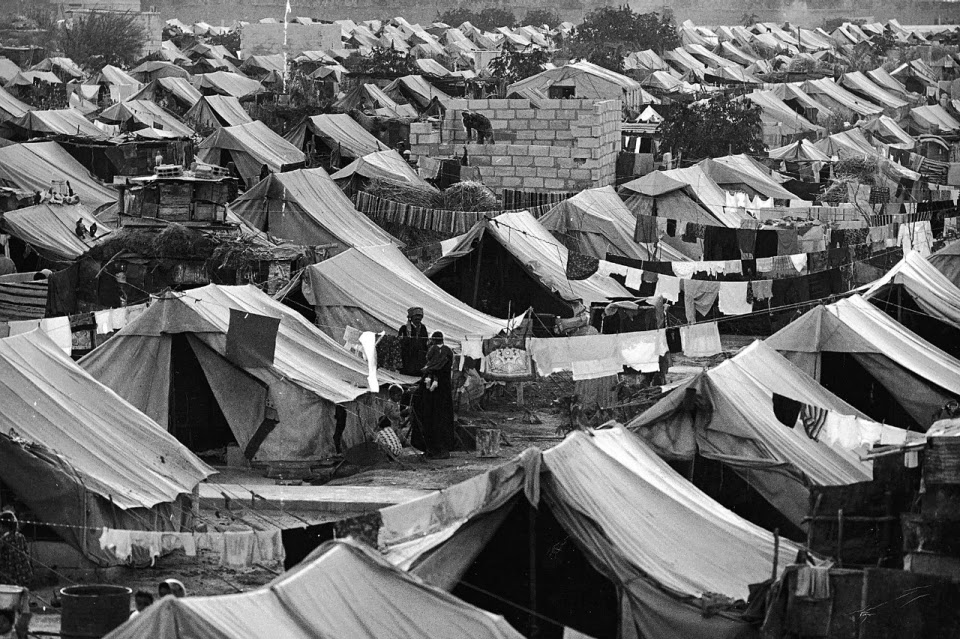refers to various forms of coercive and often-violent displacement of persons from their habitation or residence. The meaning can vary according to the context, methods and affected persons.
In some cases, "forced removal” is a term synonymous with eviction, as in the case of the forced removal of squatters.
In the United States, "forced removal” describes the policy applied since the Thomas Jefferson presidency in the United States and throughout the 19th Century against indigenous peoples living east of the Mississippi River. Congress adopted the "Indian Removal Act” of 1830, which provided a legal basis and funds for President Andrew Jackson to "negotiate” removal (land exchange) treaties. One of the most famous applications of that removal policy was the forced migration of Cherokee Nation from their homeland in today’s State of Georgia to present-day Oklahoma in the 1835 "Trail of Tears,” or, in the original Cherokee language, "Nunna dual Tsuny” [trail where they cried]. (See Indigenous people(s))
In Australia, forced removal is commonly understood to describe an aspect of assimilationist policy whereby governments of Australian states forcibly separated Aboriginal children from their families in order to place them in non-Aboriginal institutions and families during the 1960s and 1970s. The victims of that policy are known as the "stolen generations.”
South Africa’s apartheid parliament devised the Land Act, Group Areas Act and Pass Laws to dispossess and expel Africans from their lands and homes to distant locations. From the 1950s until the early 1980s, the Government of South African implemented a "resettlement” policy to force people into their designated “group areas.” Estimates place the number of affected persons at over three and a half million. (See "Resettlement”) These removals included:
- People evicted though slum-clearance programs,
- Tenant laborers on white-owned farms,
- Inhabitants of so-called "Black Spots,” (Black-owned land surrounded by white farms),
- Families of workers living in townships near the homelands,
- "Surplus people” living in urban areas, including thousands of people moved to Transkei and Ciskei homelands from the Western Cape (which was declared a "Coloured Labour Preference Area”).
One of the most well-known cases was the 1950s forced removal of some 60,000 Africans in Johannesburg to the new township of Soweto (an acronym for South Western Township).
The detention and deportation of an individual or group of migrants is also common referred to as "forced removal.” International law strictly proscribes the practice and prohibits forced removals if carried out arbitrarily; without due process or access to affective remedies; collectively (against a particular group, amounting to discrimination); with undue or excessive force; against vulnerable persons, seriously ill persons, refugees, children or victims of trafficking.[1] (See Refugee)
[1] For further information, see "Common principles on removal of irregular migrants and rejected asylum seekers” (August 2005), at: http://www.ccme.be/archive/2005/Common%20principles%20on%20removal%20lay-out.pdf.



